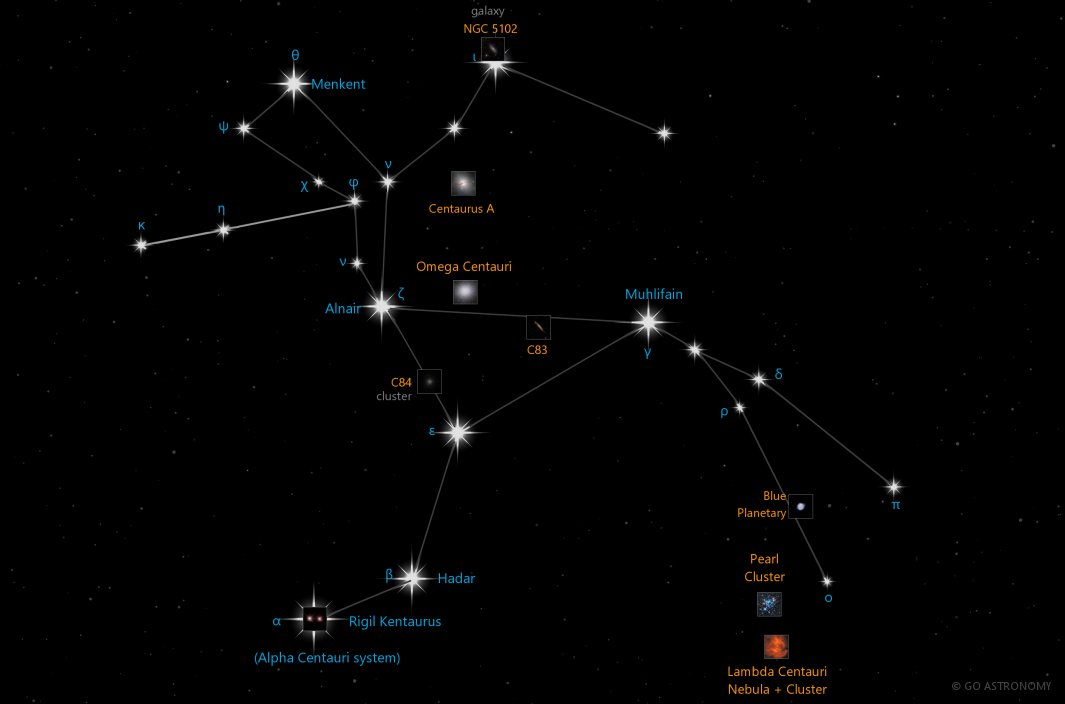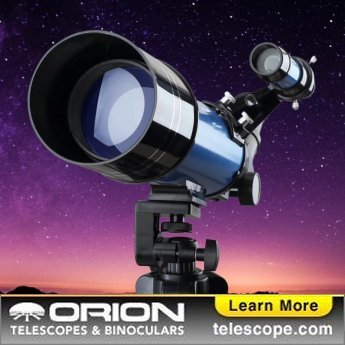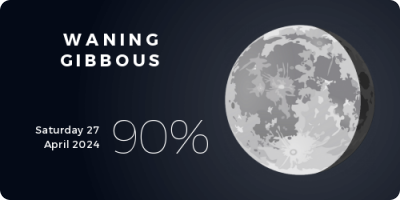Centaurus, the Centaur (Cen)
(cen-TAR-us)
The Southern constellation of Centaurus, the Centaur, is best viewed in Spring during the month of May.
Centaurus is the 9th largest constellation. It's brightest star is Alpha Centauri at magnitude -0.27. The boundary of the Centaurus constellation contains 28 stars that host known exoplanets.
Red supergiant V766 Centauri is the 9th largest known star in the universe at 1,300 times the size of the Sun.
- Pronunciation:
- cen-TAR-us
- Meaning:
- Centaur
- Genitive:
- Centauri
- Abbreviation:
- Cen
- Asterism:
- Southern Pointers
- Constellation Family:
- Hercules
- Hemisphere:
- Southern
- Quadrant:
- SQ3
- Visibility:
- 25° N - 90° S
- Best viewing month*:
- May
- Area:
- 1060 sq. degrees
- Size:
- 9th largest
- Right Ascension (avg):
- 12h 57m
- Declination (avg):
- -46°
- Brightest star:
- Alpha Centauri (-0.27)
- Stars with planets:
- 28
- X-ray stars:
- 2 (binary) stars
- Messier objects:
- |
Brightest Stars in Centaurus
The 10 brightest stars in the constellation Centaurus by magnitude.
- Star
- Magnitude
- Spectral class
- Alpha Centauri A (α Cen A)
- -0.01
- G2V
- Beta Centauri (β Cen)
- 0.61
- B1III
- Alpha Centauri B (α Cen B)
- 1.35
- K1V
- Theta Centauri (θ Cen)
- 2.06
- K0IIIb
- Gamma Centauri (γ Cen)
- 2.2
- A1IV
- Epsilon Centauri (ε Cen)
- 2.29
- B1III
- Eta Centauri (η Cen)
- 2.33
- B1Vn + A
- Zeta Centauri (ζ Cen)
- 2.55
- B2.5IV
- Delta Centauri (δ Cen)
- 2.58
- B2IVne
- Iota Centauri (ι Cen)
- 2.75
- A2V
Star Clusters in Centaurus
The most notable and easy-to-find star clusters in the constellation Centaurus . Also see all star clusters.
- Star cluster
- Catalog #
- Cluster type
- Lambda Centauri
- C100
- open
- NGC 5286
- globular
- NGC 5460
- open
- NGC 5662
- open
- Omega Centauri
- C80
- globular
- Omega Centauri Cluster
- globular
- Pearl Cluster
- C97
- open
- Ruprecht 106
- globular
Nebulae in Centaurus
Notable and easy-to-find nebulae in the constellation Centaurus . Also see all nebulae.
- Nebula name
- Catalog #
- Nebula type
- Blue Planetary
- planetary
- Boomerang Nebula
- protoplanetary
- Fleming 1
- planetary
- Running Chicken Nebula
- C100
- diffuse
- Southern Crab Nebula
- planetary
Galaxies in Centaurus
The most notable galaxies in the constellation Centaurus . Also see all galaxies.
- Name
- Alt name
- Type
- Backward Galaxy
- spiral
- Centaurus A
- C77
- starburst
- Fourcade-Figueroa object
- galaxy
- Hardcastle Nebula Galaxy
- spiral
- Seashell Galaxy
- galaxy pair
- Caldwell 83
- C83
- spiral
- NGC 4650A
- ring
- NGC 5090/5091
- galaxy pair
- NGC 5291
- galaxy group
Neutron Stars in Centaurus
These are the most well-known neutron stars in the constellation Centaurus. Although neutron stars cannot be seen in any amateur telescope, they are at the center of many supernova remnant nebulae, which can be seen. Also see all neutron stars.
Black Holes in Centaurus
These are the most well-known smaller (non-supermassive) black holes in the constellation Centaurus. Although black holes cannot be seen directly, the smaller ones are at the center of some star clusters and supernova remnant nebulae, which can be seen. Supermassive black holes are at the center of most galaxies, such as Sagittarius A* at the center of our Milky Way galaxy. Also see all black holes.
- Black hole
- Type
- CXOU J132527
- stellar
The Centaur of the Southern Sky
Centaurus is a prominent constellation in the southern hemisphere, recognized as one of the 88 constellations defined by the International Astronomical Union (IAU). Named after the mythical creature from Greek mythology, the centaur, Centaurus is notable for its richness in deep-sky objects and its host to some of the brightest stars in the night sky.
Historical Overview
Centaurus is one of the 48 constellations listed by the 2nd-century astronomer Ptolemy, and its mythology is firmly rooted in Greek mythology. The constellation is associated with several myths, but most often it represents Chiron, the wise and immortal centaur who tutored many Greek heroes, including Heracles and Achilles.
Location and Notable Features
Centaurus is located in the second quadrant of the southern hemisphere (SQ2) and can be observed at latitudes between +25? and -90?. It is surrounded by several constellations, including Carina, Circinus, Crux, Hydra, Libra, Lupus, Musca, and Vela.
Centaurus hosts two of the ten brightest stars in the sky. Alpha Centauri, also known as Rigil Kentaurus or Toliman, is the third-brightest star in the night sky and the closest star system to our Solar System, lying just over 4 light-years away. Beta Centauri, also known as Hadar or Agena, is the tenth brightest star and stands out due to its brilliant blue-white hue.
Deep Sky Objects
Centaurus is a gold mine for deep-sky observers. It houses several interesting galaxies and star clusters. Notably, the constellation contains Omega Centauri (NGC 5139), the brightest and largest globular cluster in the sky, visible to the naked eye under good conditions.
The constellation also hosts the Centaurus A galaxy (NGC 5128), one of the closest radio galaxies to Earth, notable for its strong radio emissions and a prominent dust lane across the galaxy's center.
Observing Centaurus
From the southern hemisphere, Centaurus is visible in its entirety and is circumpolar in many southern locations, meaning it never sets below the horizon. From the northern hemisphere, only the northern part of the constellation, including Alpha and Beta Centauri, can be seen, and only from latitudes south of about 25 degrees north.
Finding Centaurus involves locating its two brightest stars, Alpha and Beta Centauri. These two stars, along with the stars of the Southern Cross (Crux), form a prominent feature known as the "Southern Pointers", as they point towards the Southern Cross.
In a dark sky, Centaurus offers a wealth of observing targets, including double stars, variable stars, and deep-sky objects such as star clusters and galaxies. However, many of these objects require a telescope to be fully appreciated.
* Constellation shown for northen hemisphere skies. For the southern hemisphere, constellations appear rotated 180 degrees (upside-down and left-right reversed) from what is shown. Remember that seasons are reversed too - summer in northern latitudes is winter in southern latitudes.
** Circumpolar constellations are visible year-round in the hemisphere listed (and not at all in the opposite hemisphere).





